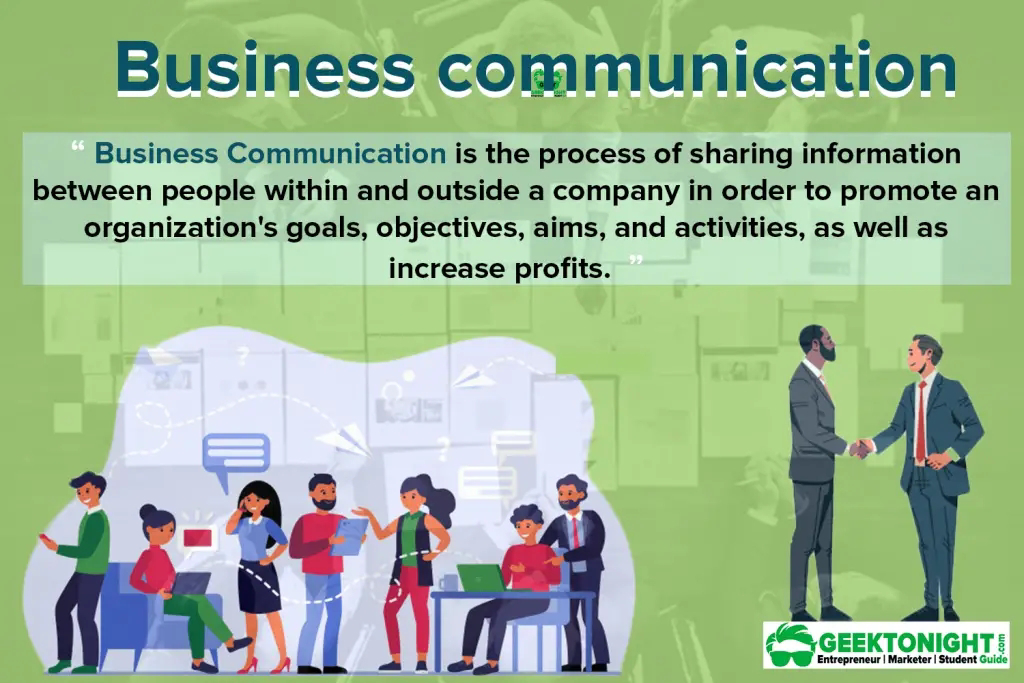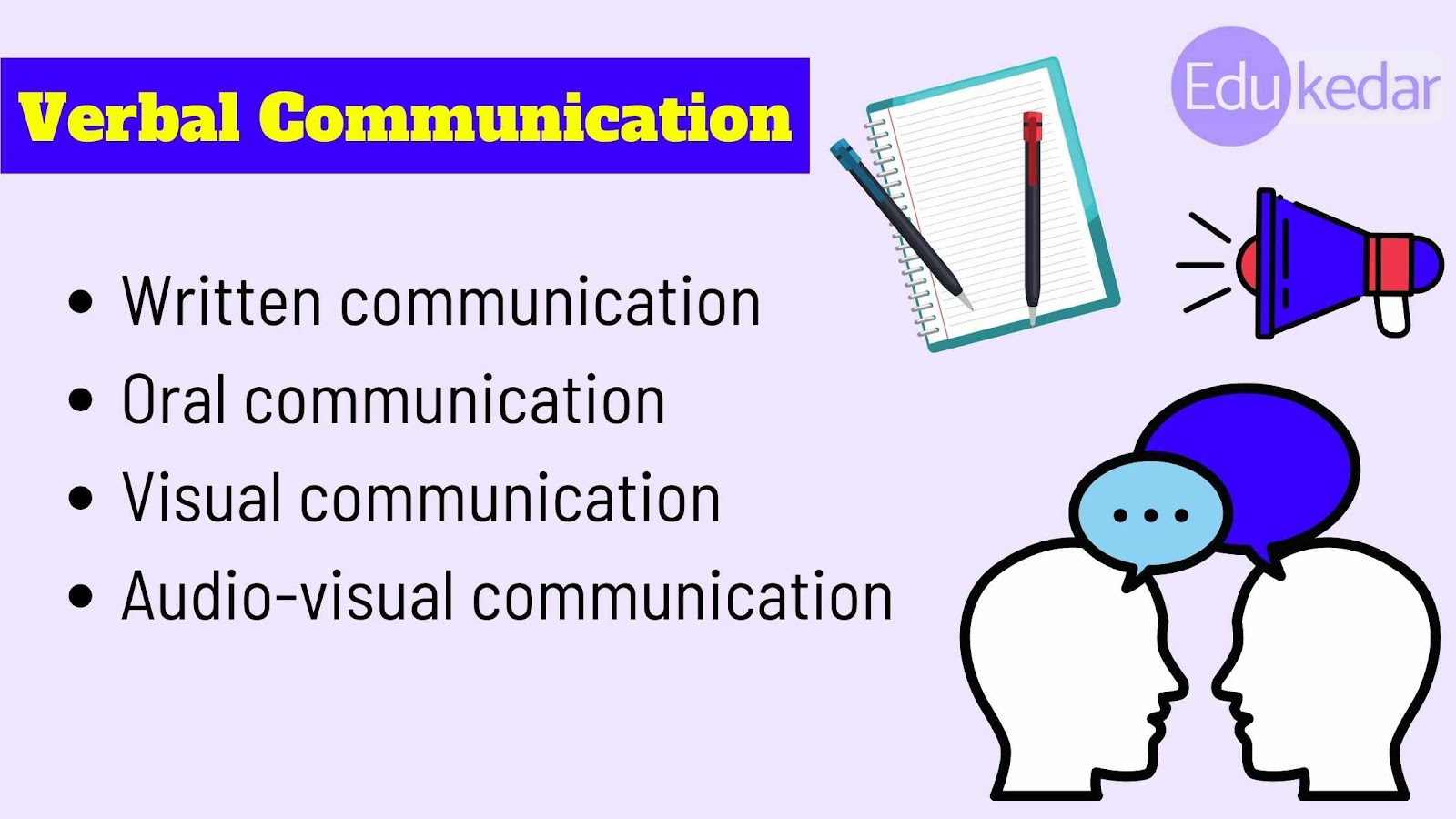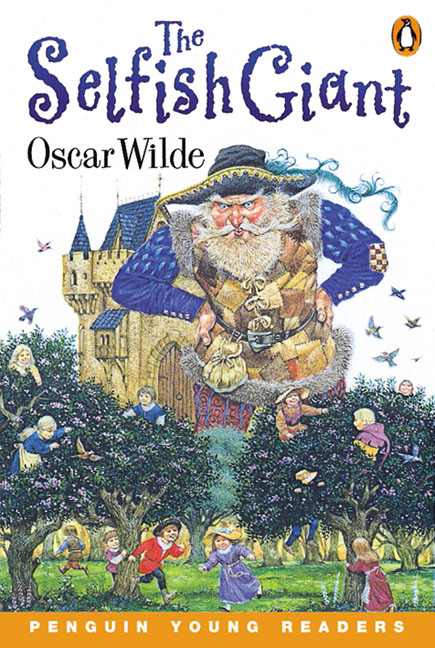Personal ,Social and Business communication :-
**Personal Communication:**
- **Definition:** Personal communication is when you talk to family and friends in your daily life.
- **Example :-
You have a phone conversation with your best friend, discussing your weekend plans, sharing stories, and talking about personal matters like your hobbies or family events.
**Social Communication:**
- **Definition:** Social communication involves interactions with a broader network of people, including acquaintances પરિચિતો, colleagues, or those you may not know very well.
- **Example :**
You attend a neighborhood gathering, chat with your neighbors about community events, and discuss shared interests with people you've just met, creating connections outside your friends and family.
**Business Communication:**
- **Definition:**
Business communication refers to the exchange of information, messages, and ideas within a professional or work-related context to achieve specific goals and objectives.
- **Example :-
In a business setting, communication is the process of sharing important information to get things done. For instance, sending an email to your team outlining the project's objectives, deadlines, and responsibilities is a form of business communication. This ensures everyone is informed and aligned to work together effectively.











